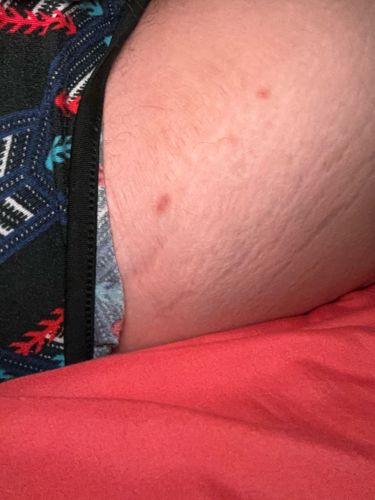Bed Bug
Scientific Name: Cimex lectularius
Order & Family: Hemiptera (true bugs), Cimicidae (bed bugs)
Size: Adults typically 4-5 mm (0.16-0.20 inches) long, similar in size to an apple seed.

Natural Habitat
Primarily found in human dwellings, nesting in cracks and crevices of mattresses, bed frames, furniture, and walls, close to their human hosts.
Diet & Feeding
Strictly hematophagous, feeding exclusively on the blood of warm-blooded animals, primarily humans. They feed at night while their hosts are sleeping.
Behavior Patterns
Nocturnal feeders, hiding during the day and emerging at night to feed. They are attracted to carbon dioxide and body heat. Bed bugs are well-known hitchhikers, spreading via luggage, clothing, and furniture. Females lay multiple eggs daily.
Risks & Benefits
Risks: Bed bugs do not transmit diseases, but their bites can cause itchy welts, skin irritation, and allergic reactions. Heavy infestations can lead to sleep deprivation, stress, and secondary skin infections from scratching. Benefits: None known for humans; they are generally considered pests.
Identified on: 9/7/2025